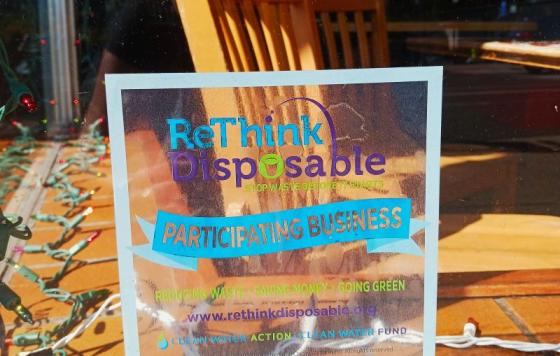
Every day we are exposed to hidden dangers in our personal care products, the food we eat, and the clothes we wear; but did you know that there are also dangers lurking in the place where you rest your head? Our mattresses are supposed to be a restful haven, a place where we can feel comfortable and relaxed to charge up for the next day of wrangling with kids, or facing a stressful work place. Unfortunately, they may also be exposing us to dangerous toxic chemicals.
While tabling at the New England United for Justice Expo, I heard the personal story of a women saddened by the loss of her father from cancer, and her memory of their experience with his burning mattress. It was such a striking story that I’d like to share her experience with you.
This woman’s story starts with her mentally ill father who was battling lung cancer and his irrational desire to set his mattress on fire. Let’s call her Annie. Annie had left her father alone for a few minutes to take a shower, a highly stressful process when you are the care taker of a person who is not mentally capable of being on their own. As she was taking a shower she smelled the faint odor of something burning. She ran towards her father’s room as she called out his name in panic. On the way to the room the smell of burning got even stronger but so did another odor… chemicals? She didn’t know how else to explain to me that the other smell she was inhaling was a strong smell of chemicals. Both Annie and her father were ushered out of the apartment until the firefighters arrived. They were both lightheaded, and Annie thinks that it was from the chemicals they were exposed to.
She couldn’t believe what had happened to her and as I spoke to her about flame retardants she had a strong feeling that flame retardants were what she smelled. It’s hard to tell what chemicals were in burning mattress but whichever chemical it was left an unpleasant aroma and concerning health effects. We spent a few minutes talking about all of the furniture and items where flame retardants can be found, and how they affect the human body. As we kept talking she got increasingly upset about not knowing she was being unwittingly exposed. She didn’t even want to think about what firefighters go through when going into burning buildings after inhaling more than her fair share of chemicals herself in just one incidence. Annie left my table with a handful of fact sheets and an infographic on flame retardants. She eagerly left me with a letter to her legislator.
After hearing her story, I decided to do more research and had a few discoveries. Not only do some beds contain toxic flame retardants (those made before 2007) but they can also contain a plethora of other concerning chemicals. These include polyurethane foam, formaldehyde, boric acid, antimony (a heavy metal similar to arsenic). The chemical industry doesn’t think that these chemicals can do us any harm because they put “so little” of it in our products, but haven’t they considered the accumulation of these products that we use and are exposed to everyday? We are exposed to the harmful effect of flame retardants even when things aren’t on fire. Flame retardants can seep into our skin just with exposure to them. A drop of dye won’t turn your whole cake blue but add a few more drops and watch how it turns dark blue.
This story is important to share because we are all exposed to toxic chemicals from our everyday use products and household items and the better prepared we are about what we bring into our homes the better we can protect ourselves and those that we love.


